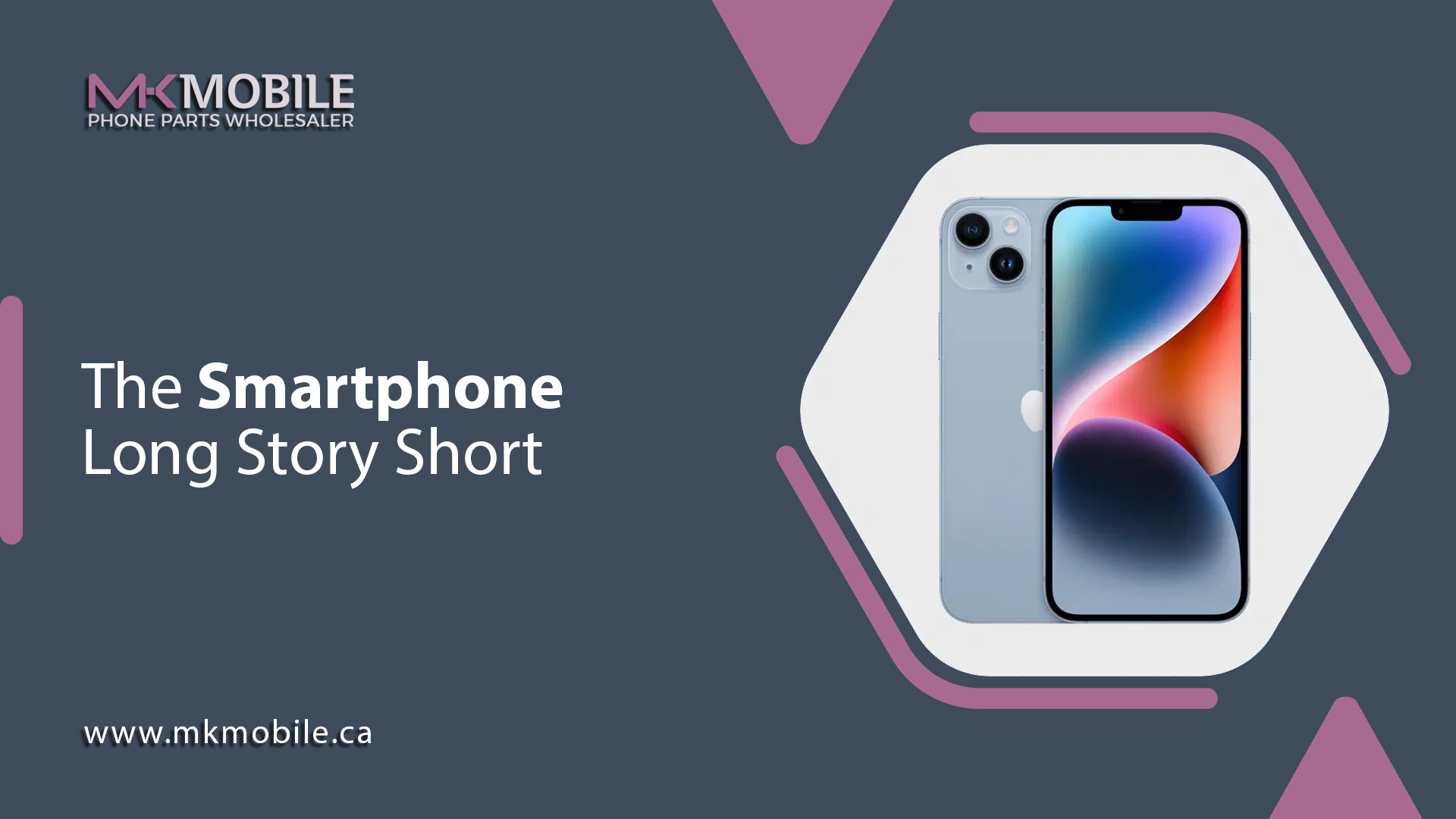The history of smartphones can be traced back to the early 1990s, when a number of companies began experimenting with the concept of a “smartphone” – a mobile device that combines the functionality of a computer with that of a traditional mobile phone.
One of the first smartphones was the IBM Simon, which was introduced in 1992. It had a touch screen interface, a calendar, a notepad, and the ability to send and receive faxes. However, it was not a commercial success.
In 1996, Nokia introduced the Nokia 9000 Communicator, which featured a clamshell design, a full QWERTY keyboard, and a large color screen. It was one of the first smartphones to offer internet connectivity and email capabilities.
In 2000, Ericsson and Nokia released the first smartphones with WAP (Wireless Application Protocol) capability, which allowed users to access the internet on their phones.
In 2002, BlackBerry, a Canadian company, introduced the BlackBerry 6210, which featured a full QWERTY keyboard, email, and internet capabilities. It was popular among business users, and BlackBerry quickly became one of the leading smartphone manufacturers.
In 2007, the iPhone, developed by Apple, was introduced, which featured a touch screen interface, a camera, and the ability to download and run apps. The iPhone’s success popularized the concept of the “app store,” and it revolutionized the mobile industry.
In 2008, Google introduced Android, a free, open-source mobile operating system, which is now used by many smartphone manufacturers.
Since then, smartphones have continued to evolve and improve, with new features such as larger screens, faster processors, better cameras, and more advanced sensors. Today, smartphones are an integral part of daily life for many people around the world, and the market is constantly evolving with new devices and technologies.
The smartphone. Long story short!

11
Jan








